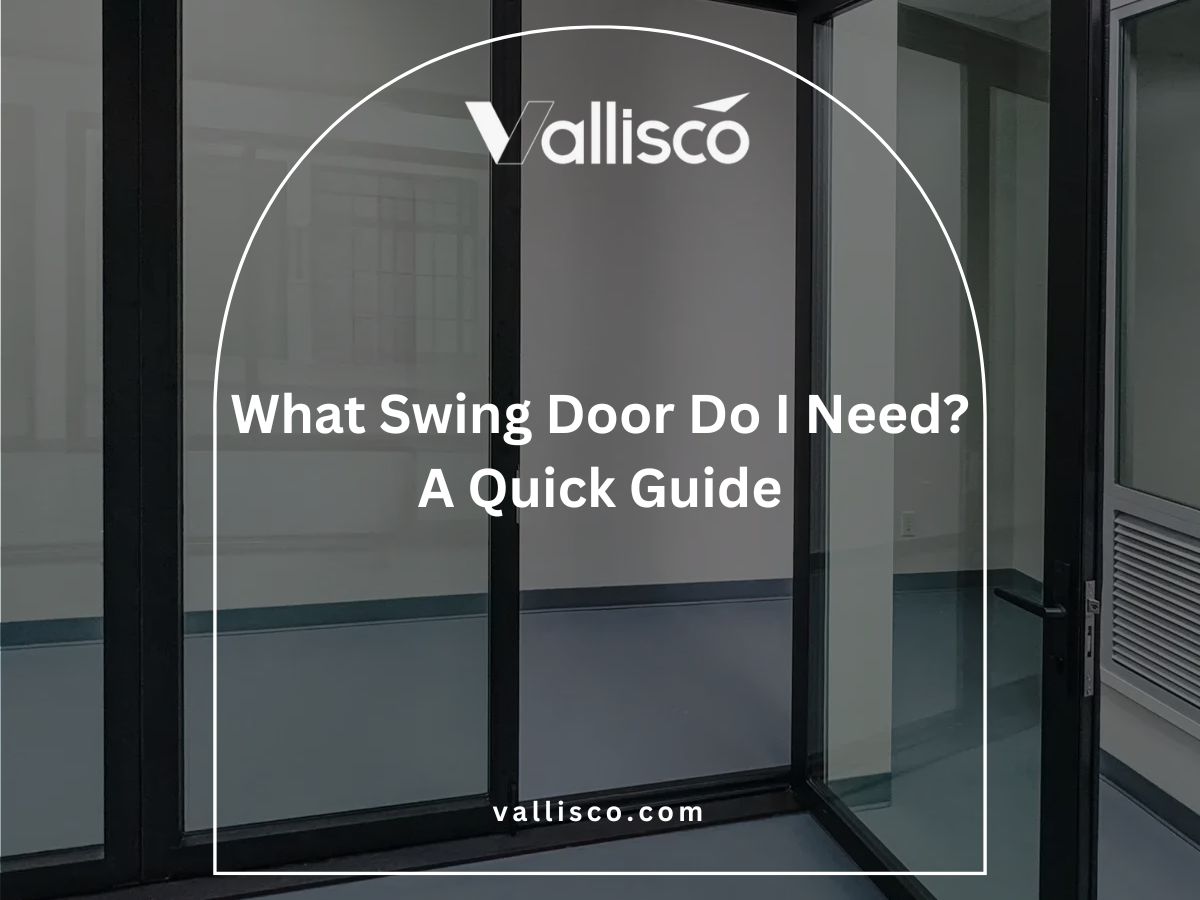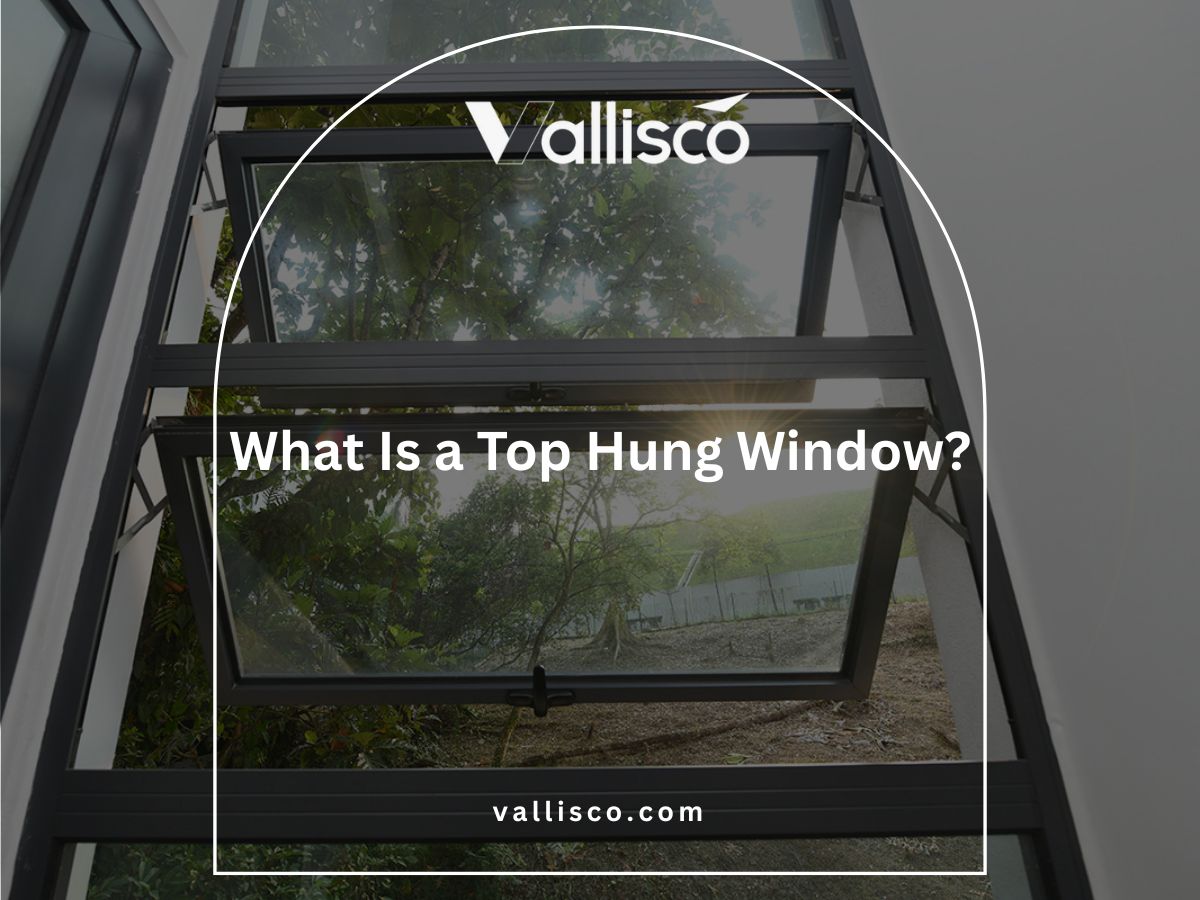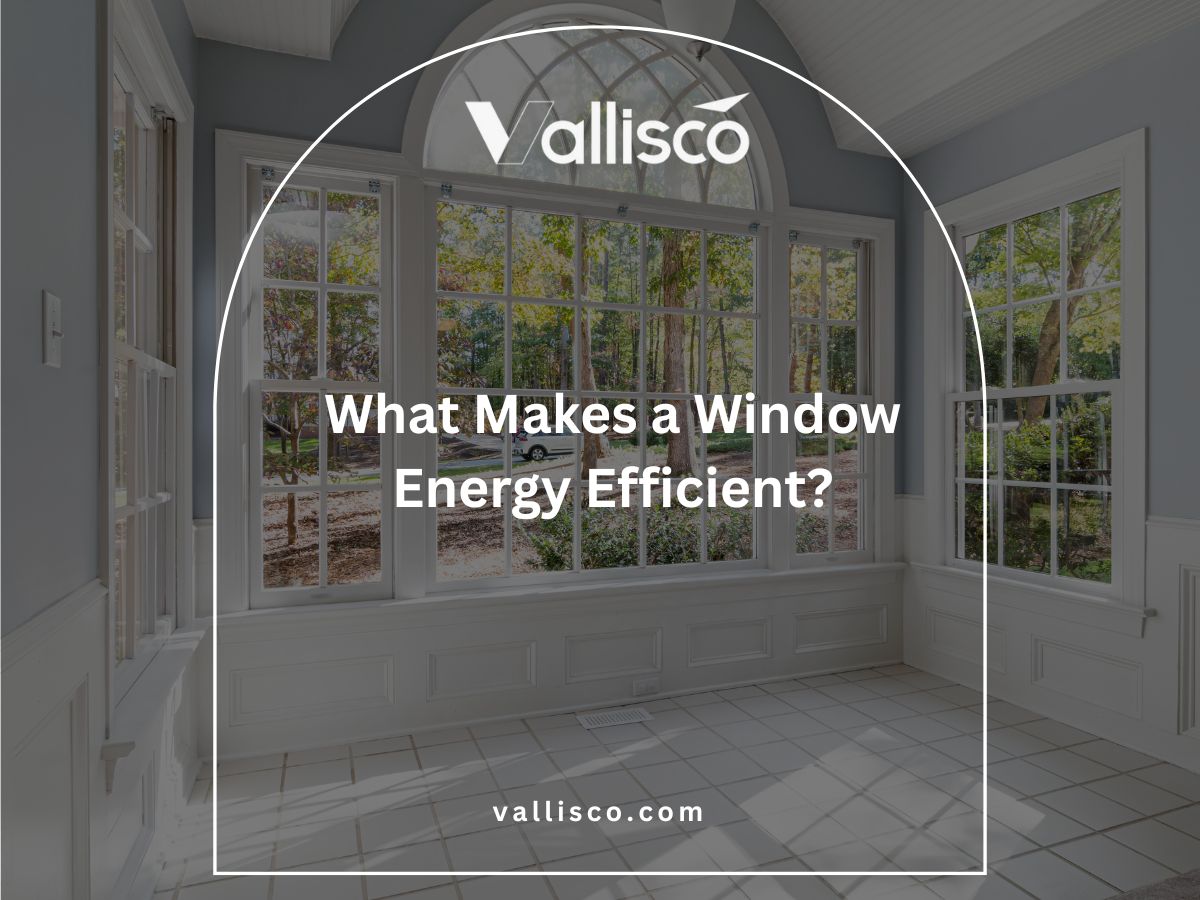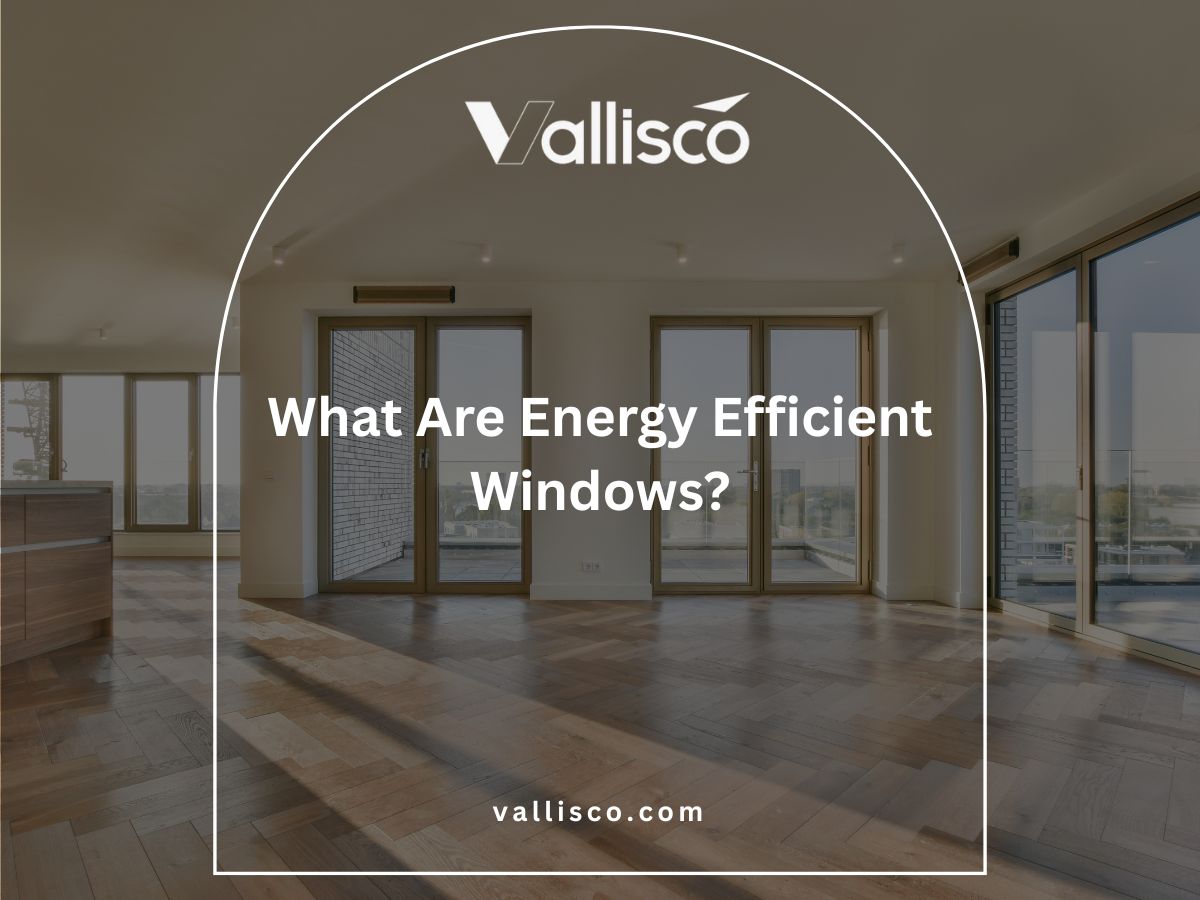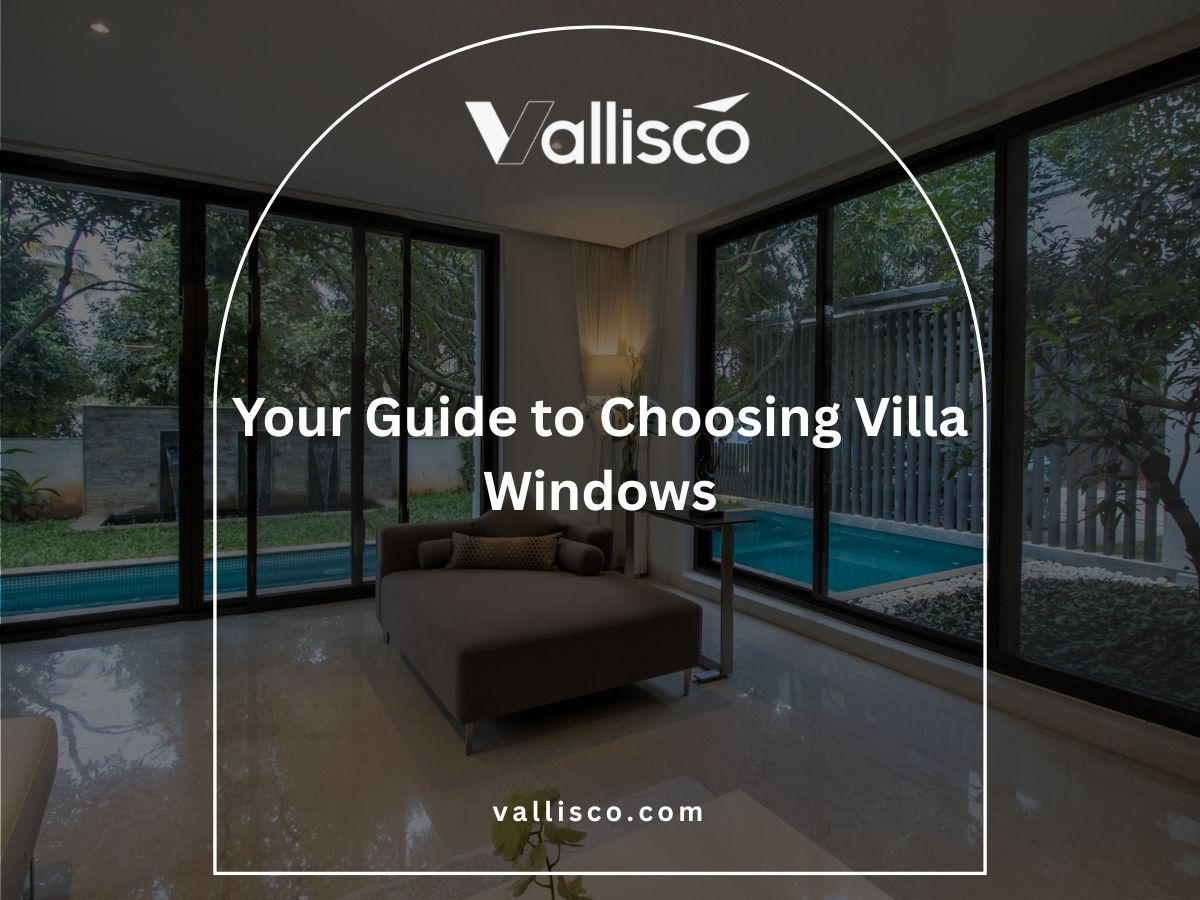The first time I renovated a guest room, I picked French doors without thinking twice. They looked classic. But after installation, I realized they took up more space than I planned. The furniture layout? Had to change entirely.
That experience taught me something: doors are part of your layout, not just your style.
Since then, I’ve advised builders and property owners on both options. And I’ve learned that what works for one space might be a headache in another.
This article will help you compare French and sliding doors in the way you actually need function, flow, maintenance, and the little things that don’t show up on brochures.
You’re not just picking a door. You’re setting the tone for the space around it.
So let’s start!
Quick Comparison Chart
Need a fast side-by-side before we go deeper?
Here’s a snapshot of what sets each door type apart. This quick chart will help you spot the differences that matter, so you know what to focus on.
| Feature | Sliding Door | French Door |
| Aesthetics & Style | Sleek, clean lines with minimal trim | Traditional, elegant, and adds architectural charm |
| Natural Light & Views | Wide panels for open views and sunlight | Framed glass creates more breaks in the view |
| Ventilation | Opens halfway unless custom-made | Opens fully from center for strong airflow |
| Energy Efficiency | Better seals and insulated glass options | Can match performance with upgrades |
| Security | Built-in locks and reinforced tracks | May need reinforced seams and impact glass |
| Installation Requirements | Retrofit-friendly and easier for wide openings | Requires leveling and may need structural edits |
| Maintenance & Durability | Low maintenance; clean tracks regularly | Hinges, seals, and wood need more upkeep |
| Ideal For | Hotels, modern villas, compact layouts | Traditional homes, garden rooms, upscale suites |
Let’s take a closer look at each one next and help you decide what works best for your space.
1. What Is a French Sliding Door
French doors are double doors made mostly of glass. They swing open from the center and usually lead to patios, balconies, or gardens. If you like a bright, open feel, you’ll probably enjoy having them. These doors bring in lots of natural light and give a clear view of the outdoors. They also help connect indoor and outdoor spaces in a smooth way.
I once stayed at a small guesthouse where the French doors opened right into a garden. Waking up and stepping outside felt like part of the room’s design, not an extra feature. That’s what these doors do well. They add charm and make the space feel bigger. Just keep in mind: they need space to swing open, both inside and out.
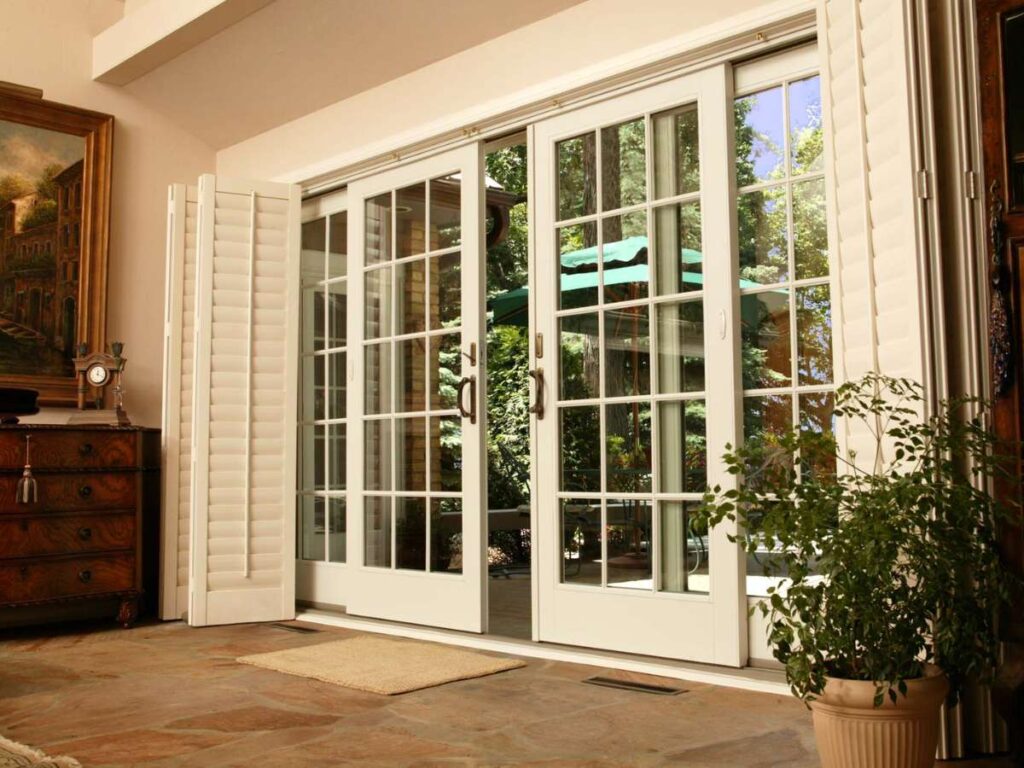
2. What Is a Sliding Door
Sliding doors open by gliding along a track rather than swinging. One panel stays fixed, while the other slides sideways to open the space. This makes them a good choice if you’re working in a limited room. Since they don’t need swing clearance, sliding doors can fit into tighter layouts without disturbing furniture or walkway. They’re often used in patios, balconies, or backyards, especially in homes where saving space is important.
If you’re someone who prefers clean lines and a simple design, sliding doors might catch your eye. They give a wide, open view and feel modern without trying too hard. I’ve seen them work well in small guesthouses where every inch of space matters. They’re practical, but they still look polished.
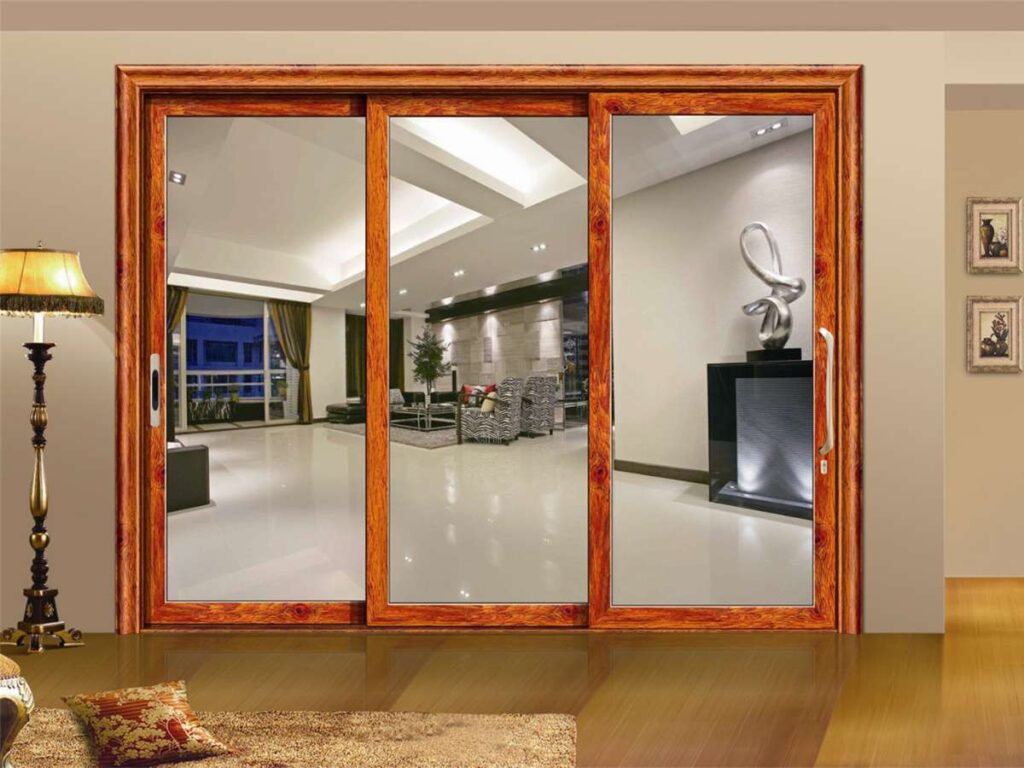
3. Aesthetics & Style Impact
I’ve seen door choices completely change how a space feels. In one villa project, a pair of French doors turned an ordinary living room into something that felt welcoming and grand. But in a compact hotel suite I worked on later, those same doors became a problem getting in the way of furniture and cutting off flow.
So, yes, looks matter but matching the door to the layout matters more.
French Door: Suited for Traditional Looks
- Villas and Houses: French doors work well with colonial, European, or classic-style homes. Their detailed frames and divided glass give the front or patio a more formal appearance.
- Hotels, Inns & B&Bs: These doors add charm to suites and balconies. They give guests a warm, residential feel that stands out in hospitality settings.
- Greenhouses or Garden Rooms: French doors offer a decorative entry into garden areas. While they allow light in, they frame the view rather than open it wide.
Sliding Door: Best for Modern Simplicity
- Villas and Houses: Sliding doors match flat walls, straight lines, and open floor plans. They feel natural in Scandinavian or modern homes.
- Hotels, Inns & B&Bs: Their space-saving design works well in compact rooms. Sliding panels keep the layout clean and allow for better furniture placement.
- Greenhouses or Garden Rooms: These doors provide a wide, open view with larger glass panels. They help blur the line between indoor space and nature outside.
Final Verdict
French doors bring charm and tradition when used in the right space. However, sliding doors often create a cleaner look, offer wider views, and make more sense in tighter or more modern layouts. Think about your layout, the flow of the room, and how you want people to feel the moment they step inside.
4. Natural Light, Views & Ventilation
The right door can change how a space feels during the day. Light, airflow, and outdoor views do more than make a room look nice they affect how people feel inside it. In hotel suites, garden rooms, or villa lounges, the connection to the outdoors makes a lasting impression. You might forget the floor tiles, but you won’t forget the room that filled with light as the sun rose.
Choosing between French and sliding doors isn’t just a style call. It’s about shaping how people experience that space day in and day out.
Light & View Comparison
- Sliding Doors: Wide and uninterrupted these doors usually have larger glass panels with fewer breaks. That means you get a broader, more open view and better lighting throughout the day.
- French Doors: Framed but still bright while they still let in plenty of natural light, French doors often include multiple panes separated by frames. This can slightly break up the view and create more visual lines between indoors and out.
Ventilation
- French Doors: Open Fully, both doors can swing open, allowing a complete opening for airflow. This is helpful in hotel rooms with balconies or greenhouses where fresh air flow is important.
- Sliding Doors: Open Partially most sliding doors only open halfway unless you choose a custom configuration. You’ll still get breeze and light, but it’s more limited than a double-door swing style.
Final Verdict
Both door types bring in light and fresh air. However, sliding doors give a wider view and feel more open during the day. French doors offer full ventilation but can slightly break the view with thicker framing. Choose based on how much air flow or outdoor scenery you want to enjoy each day.
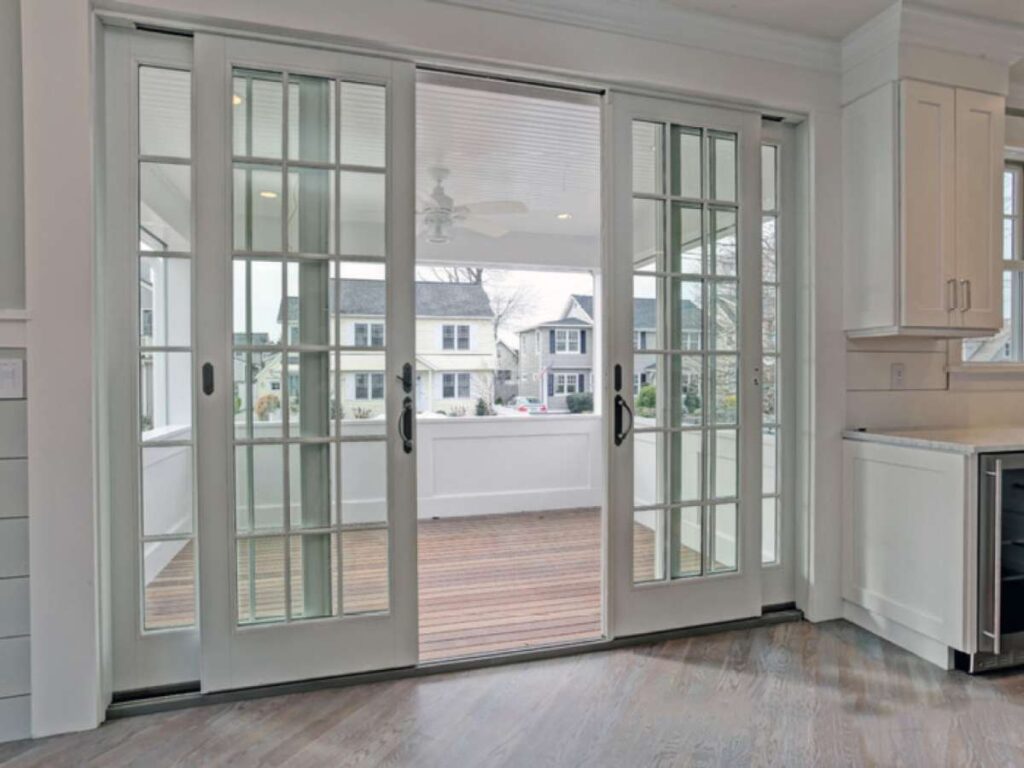
5. Energy Efficiency & Weather Resistance
Choose a door that works with your climate not against it. If you’ve ever felt a cold draft near a poorly sealed doorway or seen warping after a rainy season, you know how much difference the right build makes. Doors aren’t just visual features: they help protect interiors from heat loss, moisture damage, and extreme weather shifts.
The type of seal, materials used, and even how the door closes can affect your energy bill or long-term comfort. Some models come weather-ready. Others need extra attention or upgrades to perform just as well.
Sliding Door: Naturally Tighter Seals
- Coastal or Humid Areas: Sliding doors often include sealed tracks and corrosion-resistant frames. These features help protect against moisture, salt air, and frame warping.
- Cold or Dry Areas: Many models include double-glazed panels and thermal breaks. These help keep indoor warmth from escaping, especially during long winters.
French Door: Can Be Upgraded for Protection
- Coastal or Humid Areas: French doors may require extra finishes or treated wood to hold up in wet climates. Without that, you might deal with swelling, rust, or decay.
- Cold or Dry Areas: With energy-efficient glass and weather stripping, French doors can retain heat well. Just make sure the center seam and frames are properly sealed.
Final Verdict
Sliding doors tend to offer built-in protection against drafts and moisture. However, French doors can work just as well with the right sealing upgrades. Look at your location, building needs, and how much time you want to spend maintaining weather resistance then choose the one that fits best.
6. Security Features
A door is more than an entry—it’s part of your building’s security. If it’s easy to force open, style and airflow won’t matter much. That’s why I always pay close attention to lock strength, glass type, and how the frame holds under pressure. Whether you’re setting up a guest villa, a hotel balcony, or even a tool storage room, those details matter.
Some doors already come built for peace of mind. Others might need extra upgrades like impact glass or smart locks. I’ve seen projects where skipping those steps led to costly fixes later. If safety is on your checklist and it should be compare what each door really offers before making a final decision.
Sliding Door: Reinforced but Needs Strong Glass
- Locking Mechanisms: Most sliding doors include multi-point locks that secure the door at several spots along the frame. Reinforced tracks also make it harder to lift the door off its rails.
- Break-In Resistance: Laminated or tempered glass adds another layer of protection. Without strong glass, sliding panels can be a weak point, especially in low-traffic areas.
French Door: Strong Locks but Center Gap Risks
- Locking Mechanisms: French doors often use surface bolts, deadbolts, or three-point locking systems. These help secure both sides of the door, especially when one panel stays fixed.
- Break-In Resistance: Because of the center seam, French doors can be more vulnerable if not installed carefully. Upgrades like impact-resistant glass and smart locks help reduce that risk.
Final Verdict
Sliding doors offer better locking systems and are harder to tamper with from outside. However, they depend on the quality of the glass. Sliding options from Vallisco include reinforced tracks and secure glass panels. French doors provide solid lock options, but the double-door seam can be a weak spot if not reinforced. For either type, consider smart locks, impact-rated glass, and professional installation to improve safety.
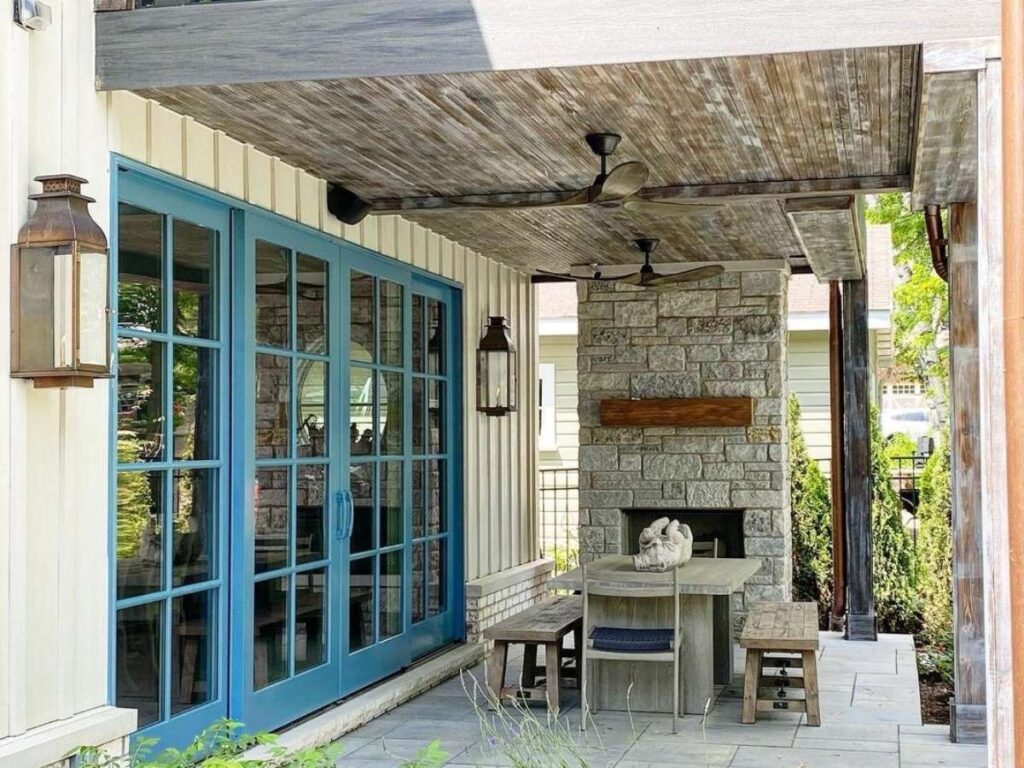
7. Installation Requirements
Installation requirements can shift your whole project timeline. Some doors look great in theory, but in practice, they’re not a plug-and-play fit especially if you’re working with older structures or tight openings. Others are much easier to work with, needing just a few adjustments. Knowing what you’re getting into early can save you both money and mistakes down the line.
If you’ve ever had to reframe a crooked opening or deal with misaligned hardware during a last-minute install, you know how much trouble poor prep can cause. That’s why it helps to compare door types from an installer’s point of view not just an architect’s.
French Door: More Setup and Framing
- Leveling and Alignment: French doors must line up perfectly at the center to close properly. This requires precise leveling, especially in uneven or older wall frames.
- Structural Requirements: Smaller openings often need to be widened for French doors to fit. This adds cost and usually means heavier installation work.
Sliding Door: Simpler to Retrofit
- Wider Openings Preferred: Sliding doors are easier to install in wide wall sections. If your space already has a large opening, the process is more straightforward.
- Retrofit Installation: Sliding doors often fit into existing openings with little or no change to the wall. Installation is usually basic to medium in effort and may cost less overall.
Final Verdict
French doors usually involve more precise installation requirements and may need structural changes in tighter spaces. However, sliding doors work well for retrofits and wide openings, often with less labor and lower costs. Choose based on how much work you’re ready to take on, and whether you’re upgrading an existing space or starting from scratch.
8. Maintenance & Long-Term Durability
Every door needs upkeep, but how much effort that takes varies more than you’d think. Some just need a quick clean. Others turn into ongoing projects, especially in coastal zones or buildings with heavy traffic. If you’re managing a boutique hotel, guest villa, or even your own showroom, that difference matters.
A colleague once told me how a small maintenance issue with a warped door became a constant guest complaint. That stuck with me. It reminded me that low-maintenance materials aren’t just convenient they’re part of good business planning.
Sliding Door: Lower Maintenance but Still Needs Attention
- Track and Roller Care: Dirt and leaves often gather in the track at the base. If not cleaned regularly, the rollers can wear out or get stuck.
- Hardware Lifespan: Most sliding systems use nylon or steel rollers. These parts eventually wear down but are usually easy to replace.
- Frame Durability: Aluminum and vinyl frames resist moisture and rust. They hold up well in coastal or humid climates with minimal care.
French Door: More Parts, More Upkeep
- Hinge and Alignment Checks: Hinges may loosen over time, especially with frequent opening and closing. Misalignment can cause sticking or uneven gaps.
- Seal and Paint Maintenance: French doors often have more exposed seals, which can crack or shrink. Painted wood surfaces may chip or fade and need regular touch-ups.
- Material Sensitivity: Wood doors are sensitive to moisture and temperature shifts. Without sealing or protective coatings, they may swell, warp, or rot faster than other materials.
Final Verdict
Sliding doors are generally easier to keep in good shape and fit well in high-use areas or humid locations. However, French doors can still last just as long if you’re consistent with upkeep. Your choice comes down to how much maintenance you’re willing to handle and how the materials will age in your space.
9. Final Decision: Which One Is Right for You?
I picked French doors without thinking about how they’d affect the layout. I liked how they looked but I didn’t plan for how much room they’d take. That choice taught me to slow down and really compare function with style.
Now that you’ve seen both options side by side, let’s walk through the final decision section by section.
Style Preference
Choose French doors if you’re going for a classic, elegant look that adds personality to your space. They stand out visually and feel more traditional. Sliding doors are better if you prefer clean lines and simplicity. Their minimal design blends easily with modern or Scandinavian interiors.
Space and Layout
Pick sliding doors if you’re working with limited floor space or tight furniture arrangements. They don’t swing open, so you get more usable room. French doors need space to swing in or out, which can impact how you place furniture. Go with them only if your layout allows it.
Ventilation and Airflow
Choose French doors if you want both sides to open fully and allow a strong cross-breeze. This is useful in places like greenhouses, garden rooms, or guest suites with outdoor access. Sliding doors only open halfway, unless custom-made with multiple panels. They still allow airflow, just not as much.
Energy and Efficiency
Go for sliding doors if insulation and temperature control are important to you. Most come with tight seals and double-glazed glass. French doors can also perform well, but you’ll need to upgrade the seals and glass. It depends on your climate and energy goals.
Maintenance and Upkeep
Choose a sliding door if you want something easier to maintain. Just keep the track clean and check the rollers now and then. Materials like aluminum or vinyl hold up well with little effort. French doors need a bit more care. Hinges may loosen, and wood frames or seals might need occasional touch-ups. If you’re fine with that, they’ll still last a long time.
Security and Safety
Pick sliding doors for stronger built-in security features like multi-point locks and reinforced frames. Many systems from Vallisco include these by default, along with secure laminated glass. French doors can be safe too, but the center seam is a weak spot unless reinforced. You’ll want to add extra locks or impact-rated glass for peace of mind.
Conclusion
I made my choice too fast the first time. You don’t have to.
Now you’ve seen the real difference between French and sliding doors how they look, work, and wear over time. You’ve got the knowledge. You’ve got the tools.
So, what now?
Start planning your space the right way. And if sliding doors feel like the better fit, Vallisco offers dependable systems used in both homes and hospitality builds.
Need help bringing your vision to life? Contact us today.
Dive Deeper Into Our Resources
Looking for more diverse service options? Browse through our handpicked selections:
Still haven’t found what you’re looking for? Don’t hesitate to contact us. We’re available around the clock to assist you.


